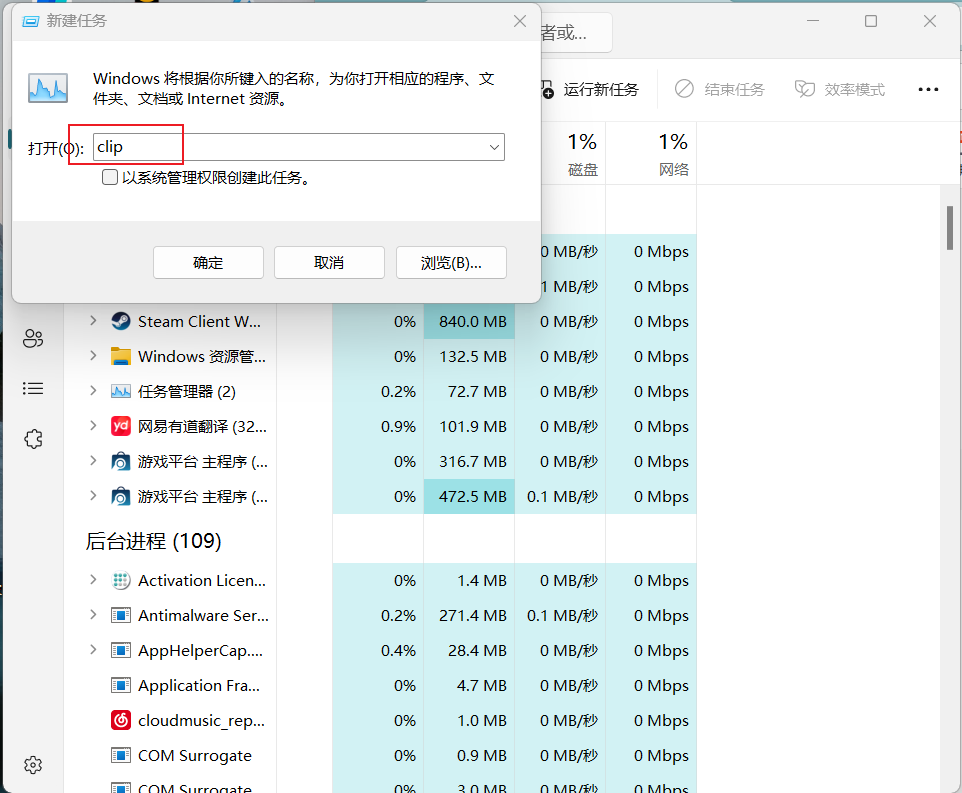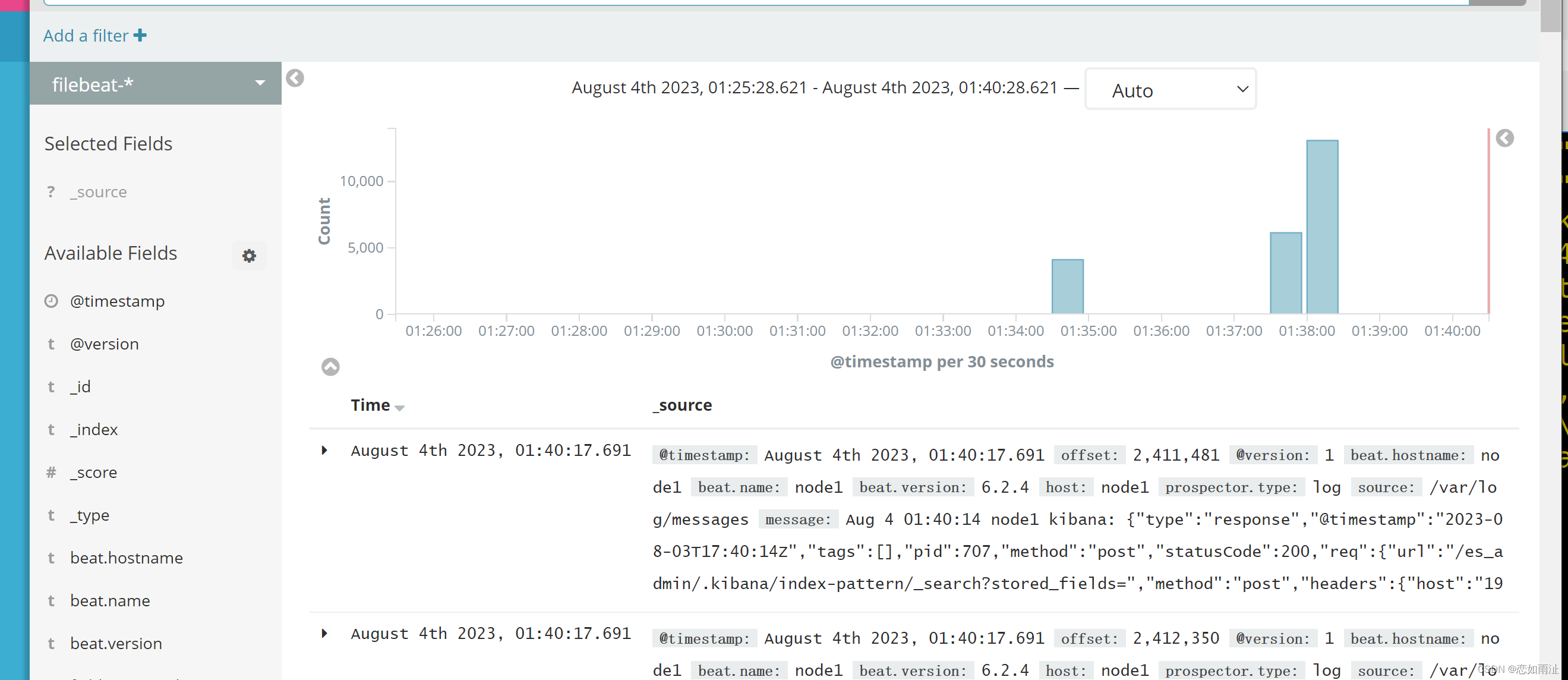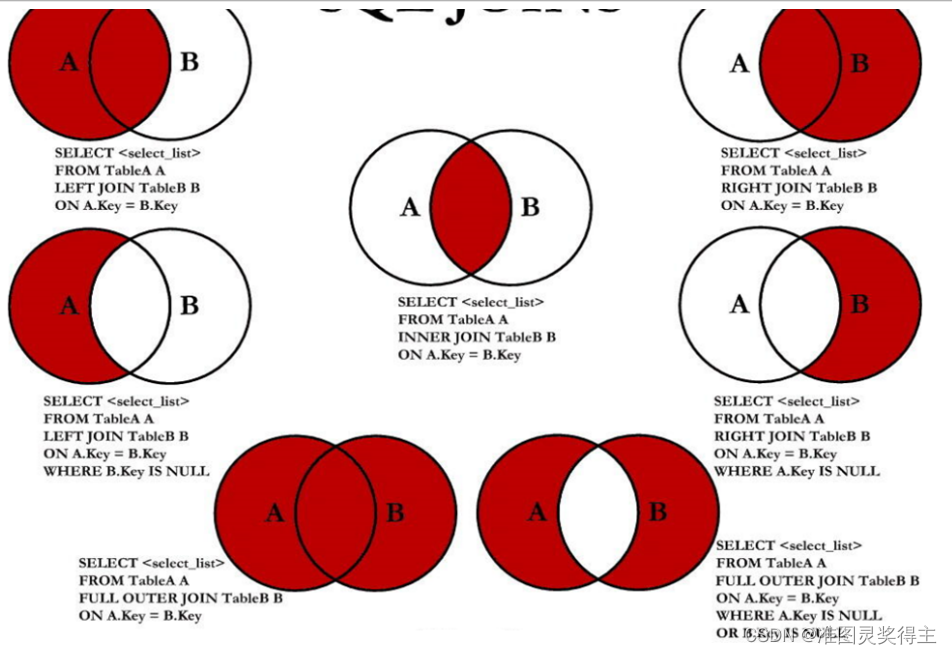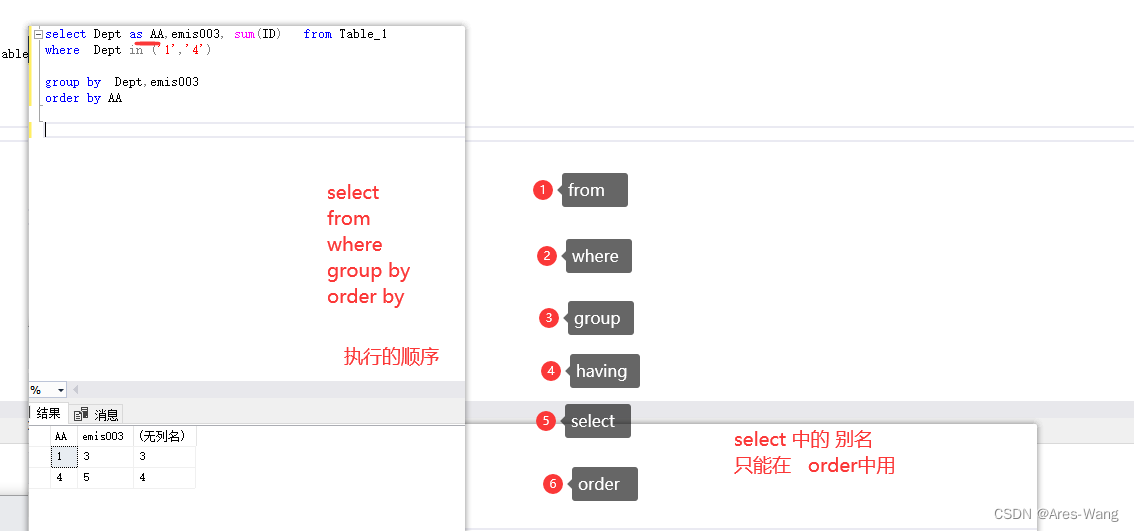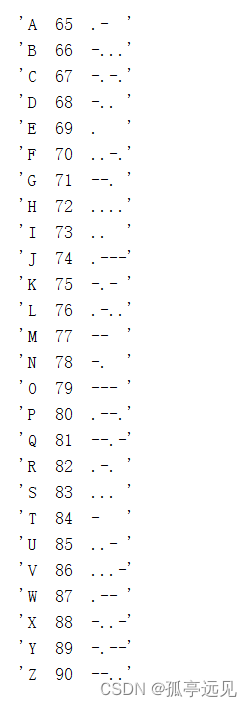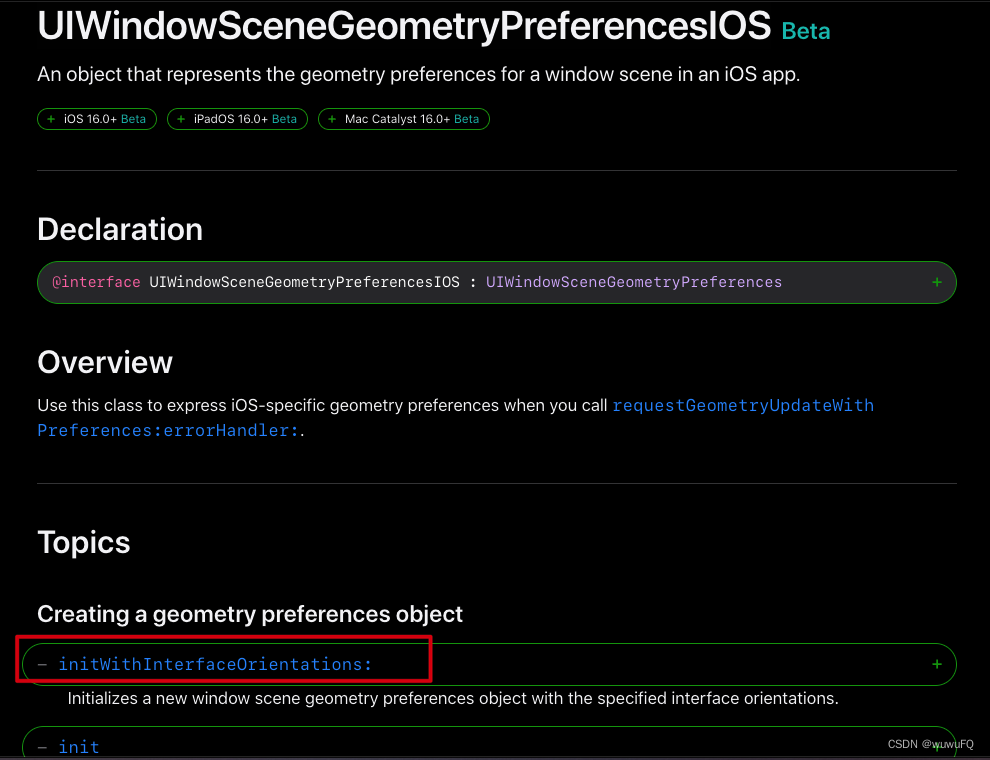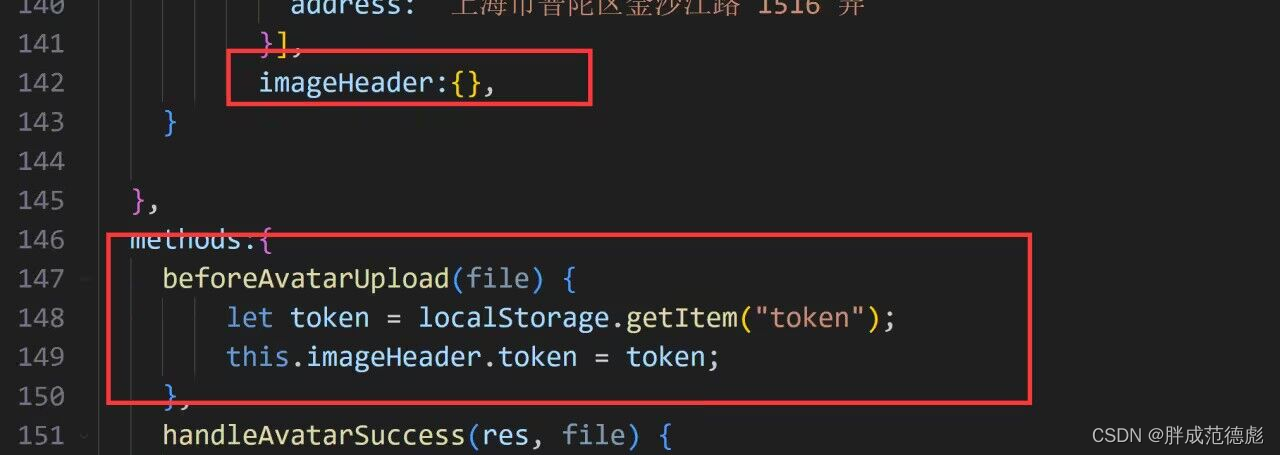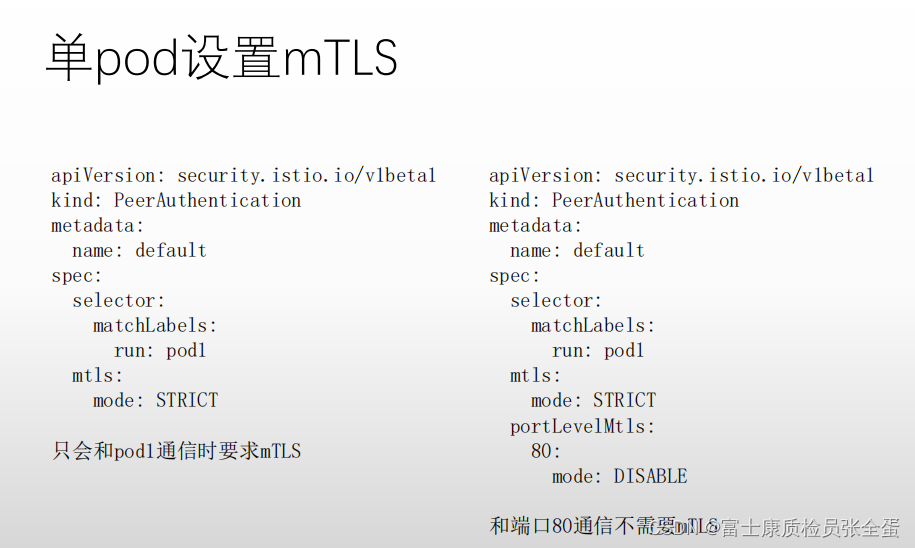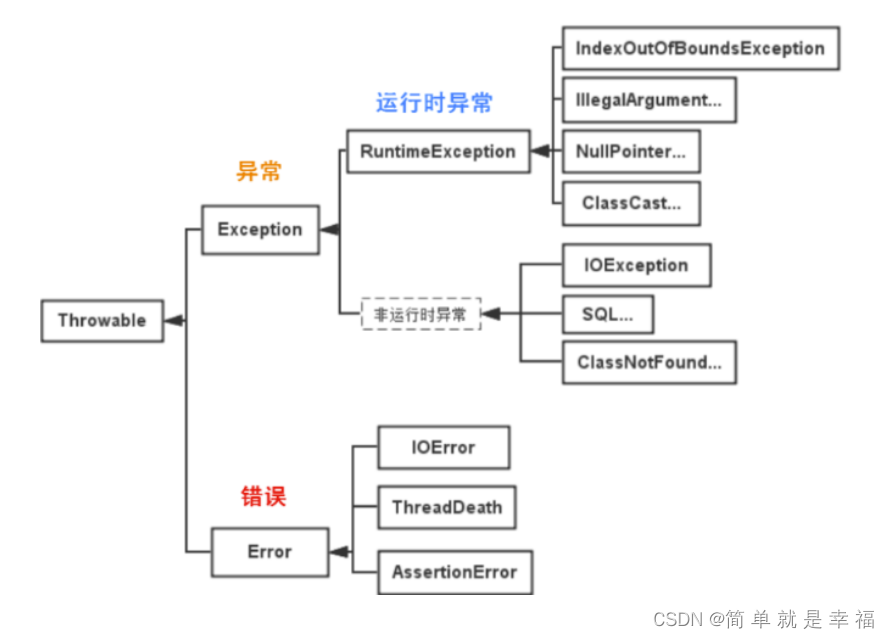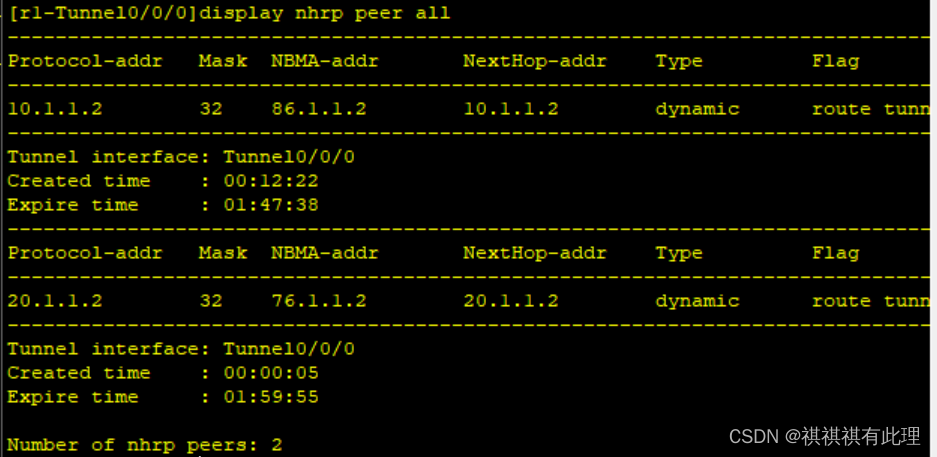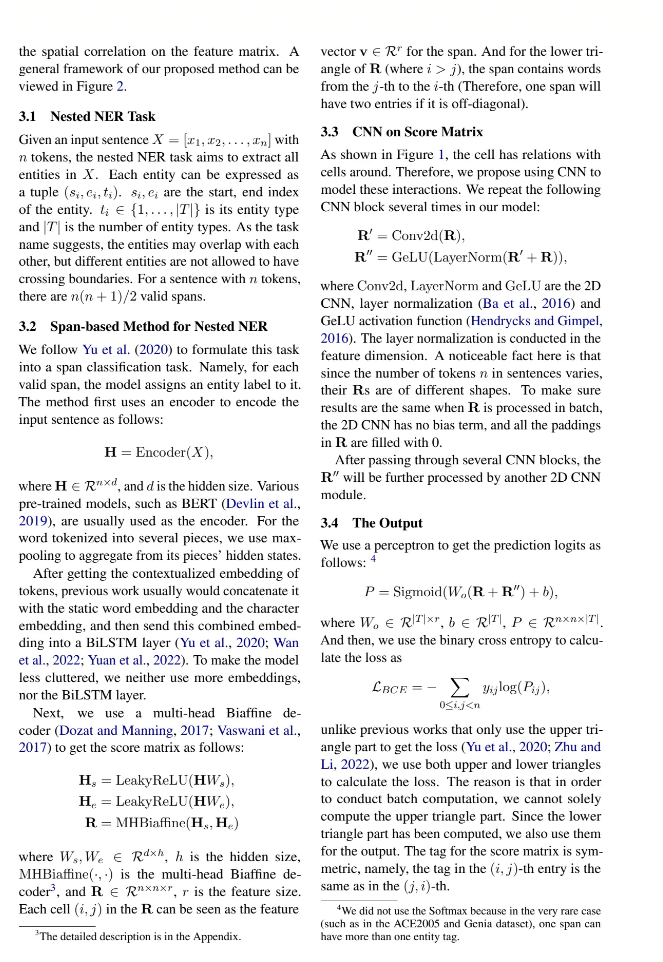分类预测 | MATLAB实现WOA鲸鱼算法同步优化特征选择结合支持向量机分类预测
目录
- 分类预测 | MATLAB实现WOA鲸鱼算法同步优化特征选择结合支持向量机分类预测
- 效果一览
- 基本介绍
- 程序设计
- 参考资料
效果一览






基本介绍
MATLAB实现WOA鲸鱼算法同步优化特征选择结合支持向量机分类预测(完整程序和数据)
WOA鲸鱼算法同步优化特征选择结合支持向量机分类预测,优化前后对比,基于LIBSVM。
程序设计
- 完整程序和数据下载方式1(资源处直接下载):MATLAB实现WOA鲸鱼算法同步优化特征选择结合支持向量机分类预测
- 完整程序和数据下载方式2(订阅《智能学习》专栏,同时获取《智能学习》专栏收录程序3份,数据订阅后私信我获取):MATLAB实现WOA鲸鱼算法同步优化特征选择结合支持向量机分类预测
% The Whale Optimization Algorithm
function [Best_Cost,Best_pos,curve]=WOA(pop,Max_iter,lb,ub,dim,fobj)
% initialize position vector and score for the leader
Best_pos=zeros(1,dim);
Best_Cost=inf; %change this to -inf for maximization problems
%Initialize the positions of search agents
Positions=initialization(pop,dim,ub,lb);
curve=zeros(1,Max_iter);
t=0;% Loop counter
% Main loop
while t<Max_iter
for i=1:size(Positions,1)
% Return back the search agents that go beyond the boundaries of the search space
Flag4ub=Positions(i,:)>ub;
Flag4lb=Positions(i,:)<lb;
Positions(i,:)=(Positions(i,:).*(~(Flag4ub+Flag4lb)))+ub.*Flag4ub+lb.*Flag4lb;
% Calculate objective function for each search agent
fitness=fobj(Positions(i,:));
% Update the leader
if fitness<Best_Cost % Change this to > for maximization problem
Best_Cost=fitness; % Update alpha
Best_pos=Positions(i,:);
end
end
a=2-t*((2)/Max_iter); % a decreases linearly fron 2 to 0 in Eq. (2.3)
% a2 linearly dicreases from -1 to -2 to calculate t in Eq. (3.12)
a2=-1+t*((-1)/Max_iter);
% Update the Position of search agents
for i=1:size(Positions,1)
r1=rand(); % r1 is a random number in [0,1]
r2=rand(); % r2 is a random number in [0,1]
A=2*a*r1-a; % Eq. (2.3) in the paper
C=2*r2; % Eq. (2.4) in the paper
b=1; % parameters in Eq. (2.5)
l=(a2-1)*rand+1; % parameters in Eq. (2.5)
p = rand(); % p in Eq. (2.6)
for j=1:size(Positions,2)
if p<0.5
if abs(A)>=1
rand_leader_index = floor(pop*rand()+1);
X_rand = Positions(rand_leader_index, :);
D_X_rand=abs(C*X_rand(j)-Positions(i,j)); % Eq. (2.7)
Positions(i,j)=X_rand(j)-A*D_X_rand; % Eq. (2.8)
elseif abs(A)<1
D_Leader=abs(C*Best_pos(j)-Positions(i,j)); % Eq. (2.1)
Positions(i,j)=Best_pos(j)-A*D_Leader; % Eq. (2.2)
end
elseif p>=0.5
distance2Leader=abs(Best_pos(j)-Positions(i,j));
% Eq. (2.5)
Positions(i,j)=distance2Leader*exp(b.*l).*cos(l.*2*pi)+Best_pos(j);
end
end
end
t=t+1;
curve(t)=Best_Cost;
Best_pos(2)=round(Best_pos(2));
[t Best_Cost]
end
参考资料
[1] https://blog.csdn.net/kjm13182345320/article/details/128163536?spm=1001.2014.3001.5502
[2] https://blog.csdn.net/kjm13182345320/article/details/128151206?spm=1001.2014.3001.5502
